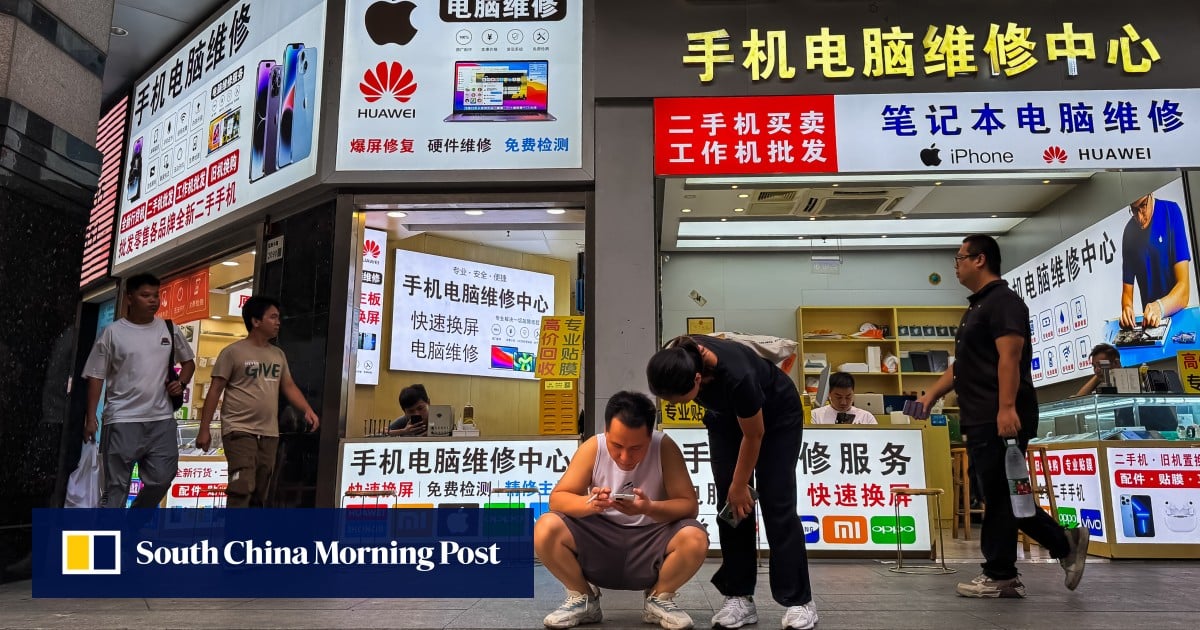In early November, China’s most populous province launched its biggest ever consumer subsidy programme, with the government pledging to commit 3.5 billion yuan (US$492 million) to offer discounts on a slew of products: from smartphones to snowboards.
Guangdong’s scheme is the latest attempt by Chinese authorities to use consumption vouchers to boost domestic spending – a campaign that is key to China’s efforts to shore up growth and rebalance its economy amid the ongoing US trade war.
But on the ground, the huge new programme has received a tepid response. Locals in Guangdong told the Post the subsidies were unlikely to convince them to up their spending – especially on non-essential items.
Despite the big headline figures, the vouchers often did not provide attractive discounts in practice, they said. And many consumers are still being cautious amid an uncertain economy and a shaky job market.
The lack of enthusiasm underscores the challenges facing Guangdong – one of China’s technology and export powerhouses – as the region of 128 million people strives to revitalise a local economy that is feeling the effects of the trade war and a prolonged property downturn.
Guangdong’s new subsidy programme – which launched amid great fanfare on November 3 – will last until March next year, with the goal of driving a surge in foot traffic and spending during the coming National Games and major public holidays like Spring Festival.

